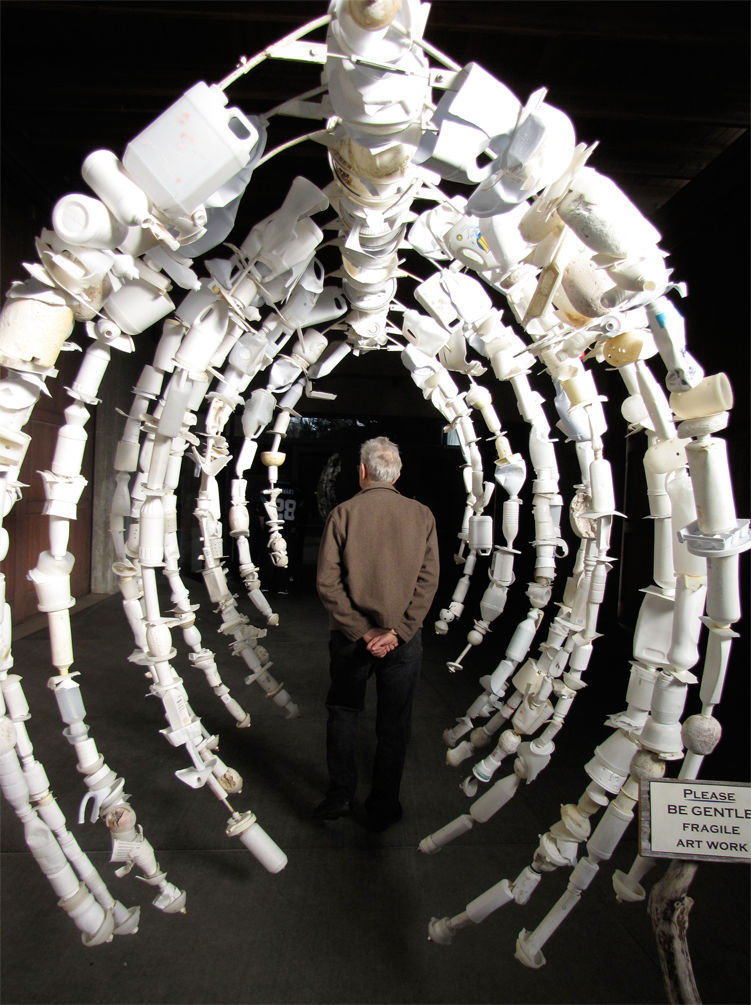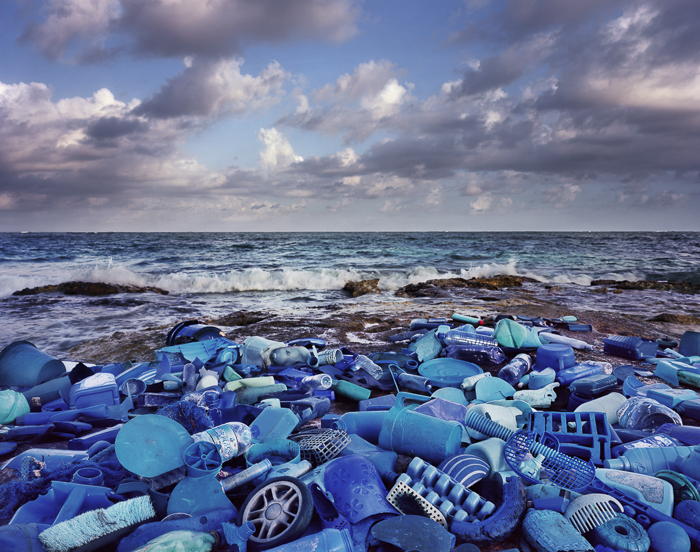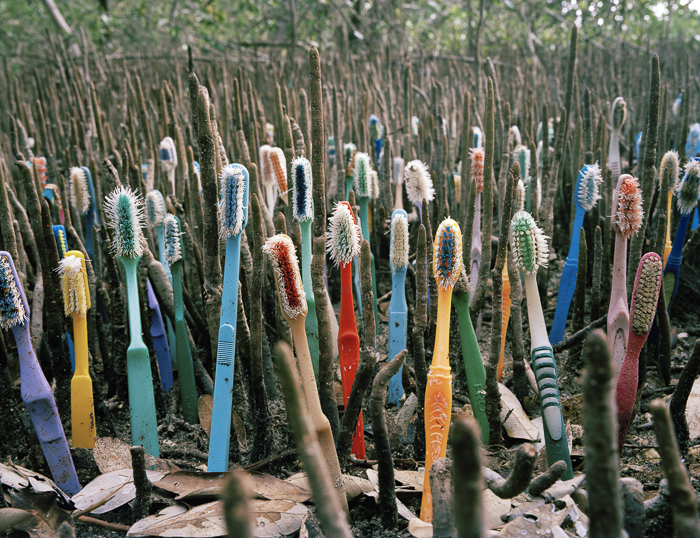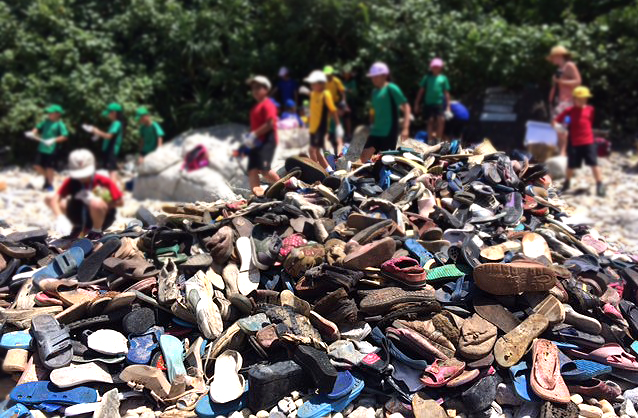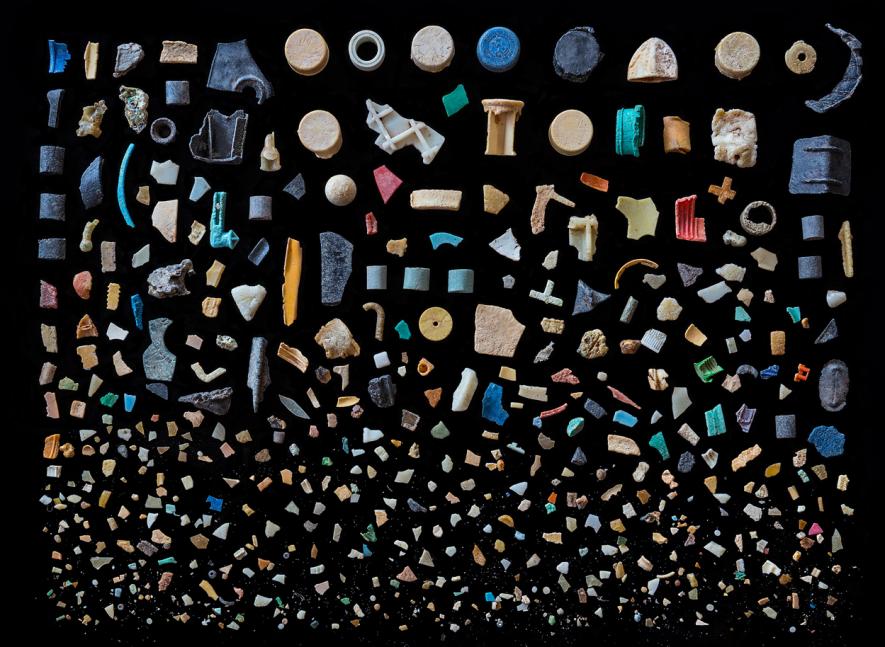Have you ever thought about designing your life? Essentially crafting a “tomorrow” that gets you excited, feeling ready for what’s next. If you have, good for you — you’re one step ahead of most. Our tips will keep you moving forward. And if not, we can help you get started. Echoing the words of every parent, “You aren’t getting any younger!”
The most common question we encounter is where do I begin? And from our many experiences in the design studio, working with others to develop the ‘designing north mindset,’ we can confidently say that artistic creation is a great place to start.
As American writer, filmmaker, philosopher and activist Susan Sontag once said,
Do stuff. Be clenched, curious. Not waiting for inspiration’s shove or society’s kiss on your forehead. Pay attention. It’s all about paying attention. Attention is vitality. It connects you with others. It makes you eager. Stay eager.
She was talking to you. Yes, you! And like Susan, we believe in you because you are artistic.
Whether you just smiled in acceptance of this warm complement or smirked and replied, “yeah… right — that’s me,” the truth is that artistic ability resides within you, and with a little bit of time and practice you can experience the many benefits associated with it. One of which is the ability to design your life, creatively building out a plan and executing specific steps to reach your goals outlined in that plan.
So how exactly can this be done?
Well, unlike most aspects of life, art is entirely subjective; it is not confined by boundaries nor does it adhere to strict qualifications. In fact, if you were to paint, draw, build, or design something (using your creative brain, of course), you have the freedom (and right) to call it art. That’s the beauty of it! Art empowers our minds to think beyond what we know and reach for our curiosities.
Using a digital experience presented by The Washington Post, This is Your Brain on Art
As one freelance artist puts it,
Pursuing art is a really great analogy for the rest of life, some days you make that beautiful painting or the sun is out perfectly, and other days you are really in the throws of life.
It’s subjective nature is best understood by the way architecture or fine art can elicit completely different responses from people. We once stumbled upon a quote that read, “architecture is the art of wasting space beautifully.” Our perspective on creativity changed from this day forward. Now we help others craft their ideal life, putting their artistic skills to work.
Artistic Creation Organizes Emotions and Feelings
During her TED Talk “Powerful Art Activist,” artist, Zaria Forman related human actions to behavioral psychology, explaining why humans take action and make decisions based on emotions, above all else. Zaria also shared her belief that art is one of the most effective methods for reaching our emotions. In other words, art can be a tool for accessing feelings you never knew existed, or that you have been trying to reach for years. Hint: you will need these to begin designing your path forward.
But how does the act of creating something (anything) through artistic ability impact your emotions and allow you to uncover feelings?
The answer can be experienced when you first clear your mind and dedicate yourself to the act of creating. You see, artistic creation is free of rules; the only limitations are the ones you impose on yourself (so, stop it already!) — this is a refreshing change from most of life’s responsibilities. Whether you pick up that pencil, pen, brush, tool, mouse or instrument, in that very moment you are actively making sense of whatever thoughts or ideas you have stored away. And often, these ideas are the result of things you have felt, heard or seen at one point in time.
So, when you tap into your creative brain, to physically create, you allow yourself the time and mental capacity needed for reflection, adding context to life…your life. It’s this self-reflection that gives way to reasoning which leads to understanding, which results in a feeling and finally translates into emotion. We need this process as humans. If we don’t get it, tension and frustration slowly creeps in. Hint: some tension and frustration is natural; however, if it’s constant you likely need to design a new plan.
As you will see, artistic creation is a powerful tool that you have access to — you just need to learn to use it. When you do, it can offer clarity on what “living” truly means to you.
Artistic Creation Cultivates Empathy
Have you listened to those prescription medicine commercials for stress or depression that usually end with a lengthy curated list of terrifying side effects? And somehow they play it off as though it’s no big deal.
Well, you might be surprised to learn that using artistic creation is also synonymous with a long list of side effects, but not the type you should cringe at. In fact, they will probably bring a smile to your face. The cultivation of empathy is a prime example; being creative in an artistic manner allows you to learn to be empathetic, and if you already have a high level of empathy it increases your ability to reason and adapt to other people. Hint: working well with other people is a sure way to get to where you want to be much quicker. In essence, don’t be afraid to collaborate. Don’t be afraid to ask for help.
This idea is also linked to self reflection, as turning experiences into a tangible, creative form (art) forces you to remove yourself from the problem (not so fun) and inspires an openness or mindfulness towards others. As you create and accept the subjective nature of art, reactions towards others become more sensible, and the concept of understanding becomes less confined to strict rules or the reliance on what we know versus what we have to learn. And yes, there is in fact an undiscovered world out there for you to explore, and having empathy will make it much more enjoyable. Remember, just because it’s unfamiliar doesn’t mean it’s not for you.
When you begin sharing your creativity with others or allow others to share theirs with you, skills such as collaboration, communication, and problem-solving will become second nature thanks to empathy.
As you work on your artistic craft, try creating work from a different perspective, maybe one that challenges your routine or go–to process. Think about people you look up to; someone you are intrigued by; or a piece of work that can reach many different people who may interpret it in different ways. Can you adjust your perspective to meet their preferences? This certainly isn’t easy, nor is it intended to be. Creating for others draws you out from your comfort zone to look at a world that is filled with unfamiliar ideas, values, and behavior. This builds empathy. This builds character. This makes you a more effective designer. And you can’t design your life until you think like a designer.
Artistic Creation is a Process for Fun
That’s right, FUN! For so many activities in life, especially daily routines, the word fun rarely creeps its way into the equation. This is why, when you finally discover the fun of creating, especially using processes you share with others, it feels really good (all tingly inside) and nothing like work. And… It feels easy; it’s accessible; it doesn’t cost very much apart from a few tools or supplies, and you can fit it into your schedule. So when you learn to make time to create you are actually learning to have fun. See, doesn’t that sound fun?
We recommend making time for artistic creation for the same reasons we recommend drawing at work or taking pictures on the weekend: these activities offer stimulation and pressure you to respond with feeling and emotion without fear of being wrong or the criticism of screwing up. Remember, art is subjective. If you say it’s art, well guess what, it’s most definitely art. Others like you will embrace this mindset.
Artistic creation also alleviates too much exposure to “the process.” Think about your job or school, they are defined by some sort of process that gets you from here to there, or from this beginning to that result. And that’s fine for some things in life but doesn’t it seem like we have created a process for everything? Sure it may increase efficiency, but usually at the expense of fun. This is why artistic creation is such a valuable activity to explore. The process of creation and using artistic abilities to express the meaning behind your thoughts and perspectives can be wildly rewarding, especially when those around you recognize and appreciate what you’ve created. Once you share this excitement you will want to experience more of it. Although being creative can still a process, it’s acceptable to omit the parts that don’t suit you and just do the ones that are enjoyable… don’t try that in the office!
A critical step in designing your life, sometimes you have to re-learn how to have fun, a mindset you were told to “grow out of.” With the help of societal pressure (yeah, it’s society’s fault!) we over-fixate on hard work and production and fun never has an opportunity to surface. But with a small mindset shift you can adjust your habits to make room for that feeling we all seek in our lives: fun.
Artistic Creation Transcends Reality
This doesn’t happen often, but we are in fact encouraging you to be unrealistic. Because why not! Through learning to make time for artistic creation to expressing yourself and developing empathy to accepting that it’s good to have fun more often than not, leaving reality behind becomes perfectly acceptable behavior. In fact, it makes you a more desirable person to be around and therefore a more desirable person to work with. It doesn’t matter if you have been an artist for years or are just getting started, it’s OK to “go rogue” or “get wild” using your artistic abilities — the result will likely be more interesting to others.
Artistic creation is an invitation to think way outside the box. Think about how you live your life today and compare that to how you would like to live your life tomorrow. Best of all, think about what you do to earn a living compared to what you wish you could do to earn a living. These are the thoughts that make artistic creation so much fun, and they serve a valuable purpose in fostering all of those “unrealistic” ideas that most people don’t want to hear about.
For example, about two years ago I mentioned to a friend that I wanted to build a small container home where my wife and I (and at least one dog, maybe four) could work/live in a modern studio that perfectly fit our needs. You know what he said to me? “Get real.” So I decided to create a Pinterest board solely focused on this vision, and continue to complement this by writing about what this life will look like when it’s actualized. Fast forward one year and I now have all the urban planning and building information required to find out perfect plot. Not to mention detailed boards of what I want every square foot of the home to look like. I even have a list of companies willing to get started on the project — thanks Pinterest!
Case in point: artistic creation lets your mind trespass on ideas we train ourselves to think of as “off limits.” The farther into your dreams you dive the more reward you are likely to experience. So, whether you are a realist or surrealist, practicing artistic creation lets you freely transcend the two worlds without criticism. Simply put, it trains you to embrace the unexpected, a concept best described by an inspirational young man (Sef Scott) from Plano, Texas. “Remember, if you are following in someone’s footsteps, you will only get where they want to go.”
High school senior with autism, who is usually nonverbal, delivers an 'unexpected' speech
High school senior with autism, who is usually nonverbal, delivers an 'unexpected' speech that steals the show at his graduation ceremony."Do the unexpected. It is your life that you are living, not anyone else’s, so do what fulfills you." https://abcn.ws/2LQIfj4
Posted by ABC News on Thursday, June 14, 2018
Artistic creation will set you on the journey of designing the life you want. It’s an intangible tool that nobody can take from you. It has the power to uplift suppressed emotions and bring feeling to a mind that was left for numbness. By simply practicing with art you can learn to be empathetic and collaboratively share your ideas with others.
No matter the form of artistic creation you seek, the process is unlike most others — it’s fun! And possibly the most important benefit of all, actively using your creativity will provide a valid reason to be unrealistic and, just for a moment, see things the way you dream them to be. It may be just the tool you need to turn a dream into reality. Now, get designing.



